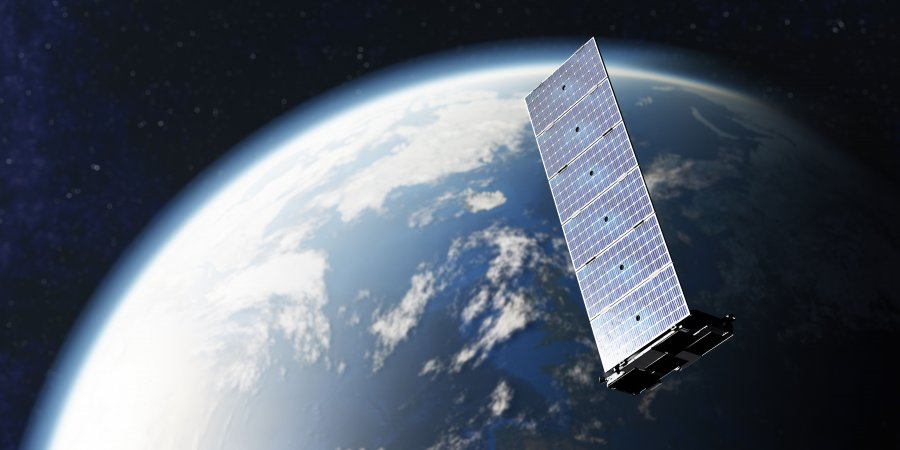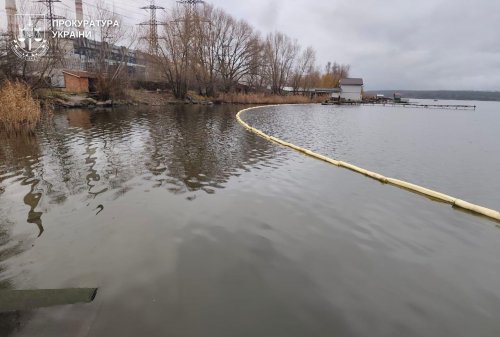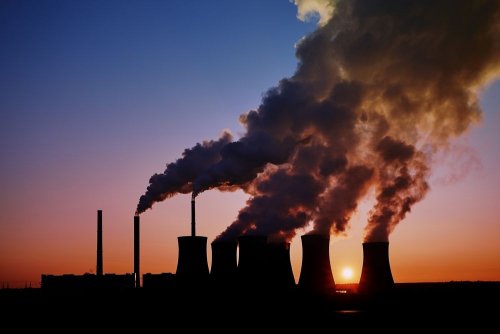Researchers from the University of Southern California have found that mega-satellite constellations, such as SpaceX's Starlink, emit large amounts of aluminum oxide gas into the atmosphere after their service life expires, which can deplete the ozone layer.
This is reported by the Independent, citing the results of a study published in the journal Geophysical Research Letters.
Scientists say that these satellites are designed to burn up in the atmosphere after they are no longer in use. During this process, aluminum oxide is formed, which, according to the study, destroys ozone by forcing it to react with chlorine.
The researchers warn that this oxide can remain in the atmosphere and deplete the ozone layer for decades.
"Only in recent years have people started to think that this could become a problem. We were one of the first teams to look at what the consequences might be," says Joseph Wang, one of the study's authors.
Scientists are particularly concerned that the demand for global Internet coverage is driving the launch of small communications satellites. SpaceX has already sent more than 6,000 satellites into space, and each new model gets heavier. Researchers note that one small satellite produces about 30 kg of aluminum oxide when burned. In 2022 alone, according to researchers, the destruction of defunct satellites could add about 17 tons of tiny aluminum oxide particles to the atmosphere.

According to scientists' estimates, when all the groups of satellites planned for this moment are launched, more than 350 tons of aluminum oxide will be released every year during the combustion of the devices that have failed. This is a whopping increase of almost 650% compared to the natural atmospheric level.
Scientists have warned that SpaceX has approval to launch 12,000 more Starlink satellites, while Amazon and other tech giants also plan to launch thousands of satellites in the coming years. Therefore, the assessment of their impact on the Earth's atmosphere should be carried out much more carefully than now.
In May, EcoPolitic talked about the launch of the EarthCARE satellite, which will study the impact of clouds on the climate.





